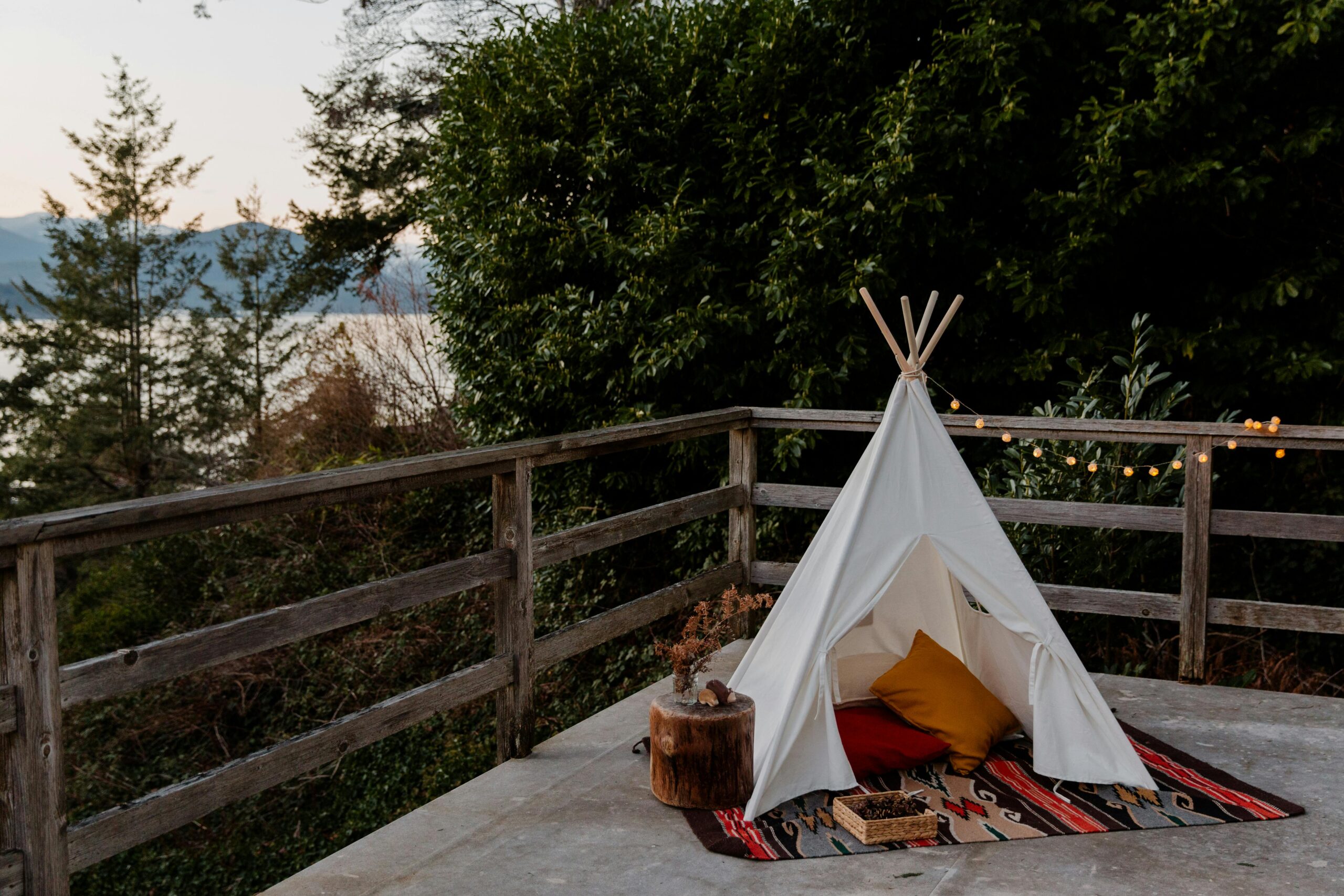Understanding Baumstumpf: Nature’s Resilient Remnants
What is Baumstumpf?
Baumstumpf, or “tree stump,” is the remnant of a tree that has been cut down or has fallen naturally. These stumps vary in size and condition, depending on the age and species of the tree. A **baustumpf** can be seen as a starting point for new life, as it often fosters new growth around it. These structures are not only a significant aspect of forest ecosystems but also a common sight in urban and landscaped gardens. When examining a baumstumpf, it’s important to notice the unique textures and colors that indicate its history and how it interacts with surrounding life forms. For instance, they may host fungi that decompose the wood, creating nutrient-rich soil for nearby plants.
The Ecological Importance of Baumstumpf
Baumstumpf plays a crucial role in maintaining the biodiversity of an ecosystem. They serve as habitats for various organisms, including insects, birds, and fungi. The decay process of a tree stump contributes to nutrient recycling, enriching the soil and promoting new growth for surrounding vegetation. Additionally, **tree stumps** can act as natural barriers, helping to retain moisture in the soil and providing shelter for wildlife, thus, supporting the intricate balance of the ecosystem.
Transforming Baumstumpf into Garden Art
Creative gardeners often find ways to incorporate *baumstumpf* into their landscaping. For example, a **stump planter** can be made by hollowing out the top of a stump and filling it with soil to create a unique planting feature. This not only adds character to gardens but also encourages sustainable practices by reusing natural materials. Highlighting the natural beauty of the **baustumpf**, such as its rings and texture, can enhance garden aesthetics significantly.

How to Manage Baumstumpf in Your Yard
Managing *baumstumpf* on your property can be a challenge, but there are effective methods to address this. Whether you’re looking to eliminate the stump entirely or incorporate it into your landscape design, understanding the best practices will lead to better results. One common method is to **grind the stump**, which involves using a stump grinder to reduce it to mulch. This technique is quick and efficient, transforming an eyesore into useful landscaping material.
Natural Decomposition Processes
If immediate removal isn’t necessary, allowing a *baumstumpf* to decompose naturally is an eco-friendly option. Over time, microorganisms will break down the wood, fostering a richer soil environment. To speed up the process, you can enhance the decomposition by drilling holes in the stump and filling them with compost. This helps introduce moisture and nutrients that promote growth of fungi and bacteria, further facilitating the breakdown of wood.
Prevent Regrowth from Baumstumpf
While tree stumps can support new growth, sometimes it may be desirable to prevent this. Applying herbicide to the freshly cut surface of the *baustumpf* can inhibit any new shoots from developing. Another method is **covering the stump** with a tarp to block sunlight and moisture, further discouraging regrowth. These methods ensure that the baumstumpf remains an effective part of your landscape without becoming invasive.

Decorative Uses of Baumstumpf
A *baumstumpf* doesn’t have to be just a leftover from tree removal; it can serve a variety of decorative purposes. From rustic furniture to unique sculptures, tree stumps can enhance outdoor spaces. Repurposing a baumstumpf into a garden seat or table is not only creative but also sustainable as it utilizes natural materials. These stumps can add a rustic charm to patios and gardens, and when treated properly, they can last for years.
Create a Warm Atmosphere with Stump Lighting
One imaginative way to use *baumstumpf* decoratively is by turning them into light fixtures or planters with ambient lighting. By drilling out the middle of the stump and inserting a lamp with a warm glow, you can create a cozy atmosphere in your garden or patio. This approach highlights the natural beauty of the wood while providing much-needed illumination.
Incorporate Baumstumpf in Natural Play Areas
In children’s play areas, *baumstumpf* can be transformed into natural climbing structures or balance beams. This creative use of tree stumps not only encourages physical activity but also promotes a connection with nature. By providing a safe and fun environment, children can develop essential motor skills while enjoying the beauty of the outdoors.
Conclusion
In conclusion, *baumstumpf* is more than just a remnant of a tree; it’s a versatile element of nature that can be utilized in many creative and ecological ways. Whether you choose to manage it by grinding, letting it decompose naturally, or repurposing it for decorative uses, understanding the potential of **tree stumps** can enhance your yard while benefiting the environment. Embracing *baumstumpf* can transform your garden into a more vibrant, engaging space filled with life and beauty.
Key Takeaways
- Baumstumpf is crucial for ecological balance and biodiversity.
- Tree stumps can be creatively incorporated into landscaping and garden art.
- Effective management of *baumstumpf* includes grinding, natural decomposition, or preventing regrowth.
- They offer unique decorative options, turning remnants into charming features.
FAQ
1. Can I keep a baumstumpf in my yard?
Yes, keeping a *baumstumpf* can provide habitat for wildlife and contribute to soil health. However, it’s essential to manage it properly to prevent unwanted regrowth.
2. How long does it take for a baumstumpf to decompose naturally?
The decomposition process can vary widely, taking anywhere from several years to decades depending on the species of the tree and environmental conditions.
3. What plants can I grow on a baumstumpf?
Many plants, such as succulents, ferns, or shade-tolerant flowers, can thrive on a *baumstumpf*. Just ensure that the stump is treated properly to support new growth.
4. How do I prevent pests in my baumstumpf?
To prevent pests, consider treating the stump with natural insect repellents or ensuring it remains dry to discourage infestations.
5. Are there any safety concerns with keeping baumstumpf?
While *baumstumpf* can be safe, ensure they are not a tripping hazard. Regular checks for decay or instability are wise, especially if used as seating or climbing structures.
